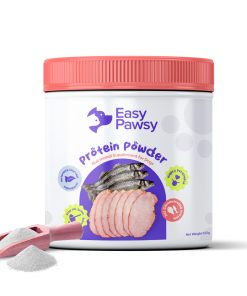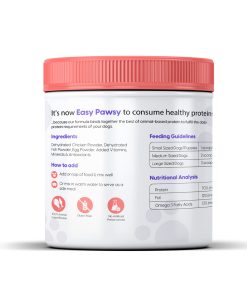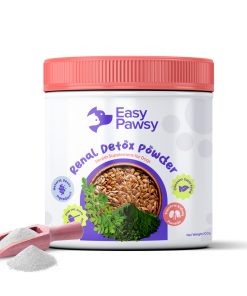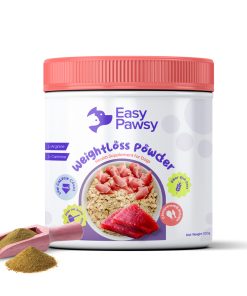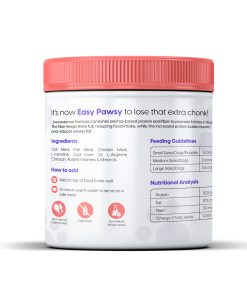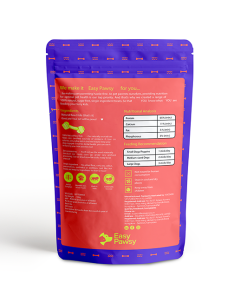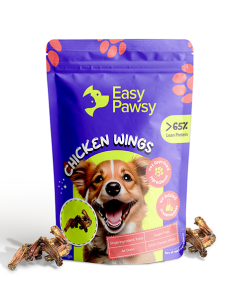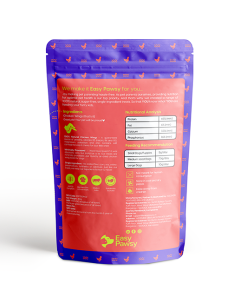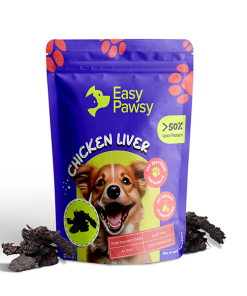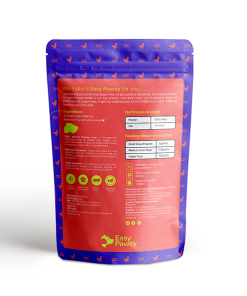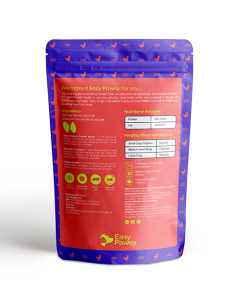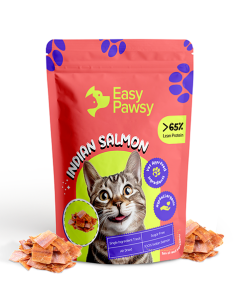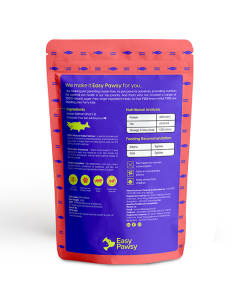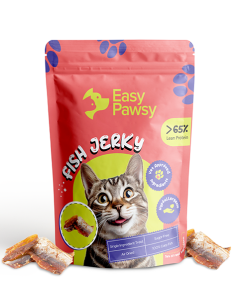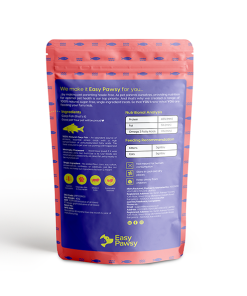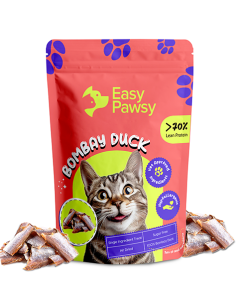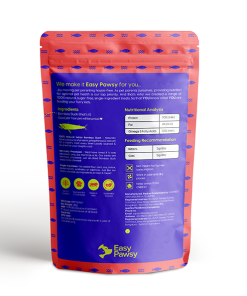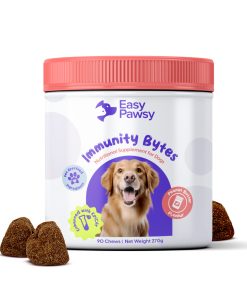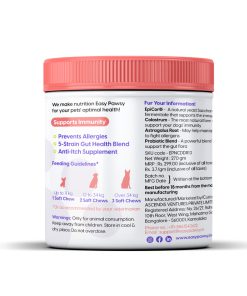All Genders, Cat, Category, Food
Ideal Diet & Nutrition Chart for Cats
Not sure what to serve your cats? We’ve got you (& your cat’s back!) Refer to this diet & nutrition chart for cats that you can easily follow!
Proteins
What does it do?
Essential for muscle maintenance and overall health.
Sources
- Cooked chicken
- Turkey
- Fish (Sardines, Mackerel, Indian Salmon, Bombay Duck)
- Eggs
- High-quality canned cat food (with real meat as the primary ingredient)
Fats
What does it do?
Provide energy and support skin and coat health.
Sources
- Fatty fish (Sardines, Mackerel, Indian Salmon, Bombay Duck)
- Poultry skin (in moderation)
- Small amounts of olive oil
Vitamins and Minerals
What does it do?
Support various bodily functions.
Sources
– Vitamin A – Liver (occasional treat), Cooked fish & Eggs
– Vitamin D – Fatty Fish & exposure to sunlight
– Vitamin E – Fatty Fish & Cooked Eggs
– Vitamin K – Green Leafy Vegetables (small quantities in cat-safe plants like wheatgrass)

– B Vitamins – Chicken, Turkey, Fish & Eggs
– Calcium – Canned fish with bones (e.g., sardines), dairy products (limited), and supplements as recommended by a vet
– Phosphorus – Meat sources, Fish
– Potassium – Meat, Fish
– Iron – Organ Meats (limited) and lean meats
– Zinc – Meat, Eggs
Taurine
What does it do?
An essential amino acid that’s only found in animal-based meat. Extremely important for your cat’s vision, digestion, heart health & immunity.
Sources
Animal-based proteins only
Fibre
What does it do?
Aids in digestion and helps prevent hairballs.
Sources
- Cooked vegetables like Carrots, Broccoli and Pumpkin.
Hydration

What does it do?
Cats have a low thirst drive. Wet/canned food or adding water to dry food can help maintain hydration.
Remember that cats are obligate carnivores, meaning they require animal-based proteins for optimal health. Also, they can be quite particular about their diets.

